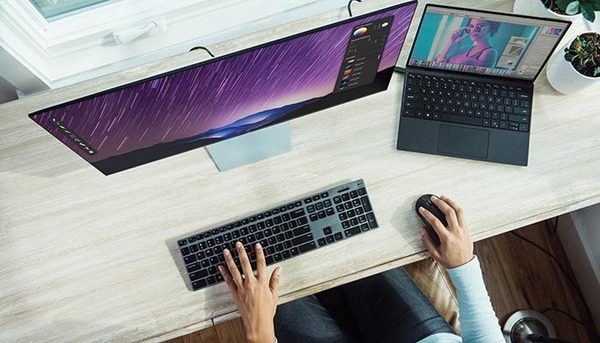
As Notre Dame faculty and staff begin to return to campus, some may continue to work from home one or more days per week. When working remotely, it’s important to maintain appropriate safeguards for your home network to ensure the safety and security of Notre Dame data and your personal information.
Your University-owned computer should be your first choice when working from home. If this computer was purchased through the Campus Workstation Program (CWP), it is secure for home use and easy to maintain. Use this computer for your work activities only.
If you need to use your personal computer while working remotely, or you are not eligible for Notre Dame’s CWP program, please follow these Personal Device Security Guidelines to set up your computer properly.
Once your work computer has been secured for remote work, you can increase the security of your home network by making a few simple changes to your router. The router is the device that connects computers, tablets and smart appliances in your home to the Internet.
Instructions for making these changes are available on your Internet Service Provider’s website and include:
- Turning on the router’s built-in firewall
- Changing the Administrator account password to a password of your choice
- Turning off the ability to log into your router from the Internet
Here are some valuable tips to help protect your computer from viruses or malware.
- Use the Notre Dame VPN (Virtual Private Network) when you work remotely. Instructions are available at: Connecting to the VPN - Cisco AnyConnect.
- Public computers—such as those found in a hotel lobby or library—should not be used for work activities.
- Avoid using public WiFi while you’re working. Cyber-criminals often set up their own WiFi networks with names designed to look like real networks. If you use one of these networks while working, the cyber-criminal may gain access to your Notre Dame account and other private information.
- A USB memory stick or thumb drive may contain computer viruses. If you find one and you don’t know where it came from, it’s not safe to plug it into your computer.
- Remember phishing scams are the biggest threat to computer safety. You can find more information about how to recognize phishing scams in this article: What is phishing? How to recognize a phish or scam.
You can find additional information about improving your home network security in this NSA article.